Why interest rates on student loans remain stagnant
One of the only real benefits of the Great Recession is the fact that borrowers in almost every sector have been able to enjoy record-low interest rates. Homeowners, for example, have been able to take advantage of a refinance boom thanks to interest rates on mortgages that are at their lowest levels ever. This has been a huge help in turning around the housing market, which was one of the hardest-hit segments of the economy over the past six years, and a turnaround is noticeable. Even average consumer interest is at 5.8 percent on average – the smallest share in 34 years and a sharp drop from 9.1 percent before the recession.
However, student debt, which exceeds $1 trillion currently, is seemingly the only area of the economy where consumers haven't seen relief. According to the Center for American Progress, a research and analytics group, the majority of current student loans have interest rates that exceed 6 percent. To top it all off, rates have remained steady, if not risen, during the recession, so refinance hasn't been an option in many cases.
The reason student loans haven't seen their interest decrease during the recession is because Congress sets the rate on the vast majority of student debt, not the free market. Because these loans are not secured by collateral from the federal government, private lenders are generally not willing to undercut the terms set by Congress. On top of that, the vast majority of student loans – nearly 80 percent – are financed through the government.
Because of this, students entering college need to look into as many options as possible to help when it comes to paying for college and lessening their student loan burden after they graduate – from scholarships and grants to federal work study.
Financial Aid, Financial Aid News
